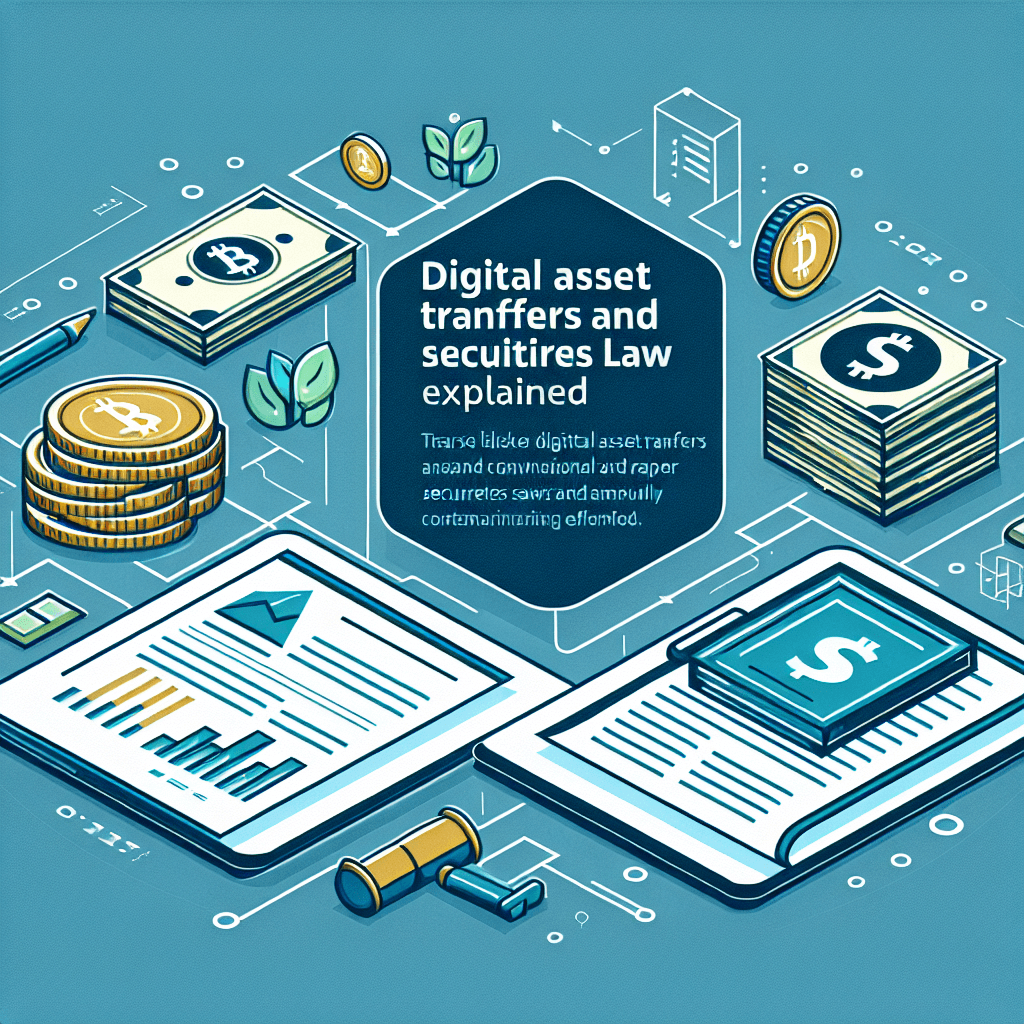Digital Asset Transfers and Securities Law Explained

SEC Commissioner Hester Peirce Emphasizes Nuance
Hester Peirce, head of the U.S. Securities and Exchange Commission’s (SEC) Crypto Assets and Cyber Unit, recently reiterated that the substance of a transaction—not merely its label—determines whether a digital asset transfer qualifies as a securities transaction under U.S. law. Speaking at a June 2024 compliance summit in Washington, D.C., Peirce warned that regulators must examine multiple factors before classifying a token transfer.
“It’s not enough to call something a token or an exchange. The context of how and why assets change hands—and the expectations built into that process—can convert a routine crypto transfer into an unregistered securities offering,” she said.
This perspective arrives amid a surge of regulatory actions, including the SEC’s lawsuits against major trading platforms and its proposal in April 2024 to expand disclosure requirements for digital asset issuers. In May 2024 the SEC granted approval for multiple spot Bitcoin exchange-traded funds (ETFs), further underscoring the agency’s evolving stance toward digital assets.
Howey Test and Functional Analysis
Central to the SEC’s analysis is the landmark 1946 Howey v. SEC decision, which established a four-pronged test for identifying an investment contract:
- Investment of Money: Participants commit capital or tokens;
- Common Enterprise: Returns are pooled and dependent on collective success;
- Expectation of Profits: Profits are anticipated from the efforts of others;
- Efforts of Others: Returns derive primarily from third-party management or promoter activity.
Peirce has noted that many digital asset mechanisms—such as staking pools and yield-bearing protocols—can satisfy these criteria if token holders rely on a centralized development team or operator to generate returns.
Technical Specifications: On-Chain Indicators and Classification
Blockchain analytics firms now employ sophisticated heuristics to flag transfers that may imply securities activity. Key technical indicators include:
- Token Distribution Patterns: Vesting schedules and airdrops tied to developer milestones;
- Smart Contract Logic: Functions that automatically allocate a percentage of new tokens to a reserve or treasury;
- Governance Rights: Voting power linked to token holdings, potentially reflecting equity-like control;
- On-Chain Profit Streams: Mechanisms such as transaction fees distributed to token holders.
Industry Perspectives: Compliance Best Practices
Leading crypto firms and counsel advise the following steps to mitigate enforcement risk:
- Conduct a Functional Token Review—map every smart contract function that might generate or distribute profit.
- Structure token launches with clear utility provisions unrelated to investment returns.
- Implement robust know-your-customer (KYC) and anti-money laundering (AML) protocols for token sales.
- Maintain transparent legal opinions on token classification and regularly update them to reflect regulatory guidance.
- Engage with regulators early through No-Action Letters or similar frameworks to seek clarity.
Deep Dive: Recent SEC Actions and Market Impact
In the first half of 2024, the SEC filed enforcement actions against two leading crypto exchanges, alleging unregistered securities offerings valued at over $2 billion. These actions prompted exchanges to delist certain tokens and tighten listing standards. Conversely, the greenlight for spot Bitcoin ETFs has led to inflows totaling $4.5 billion since the April approvals, underscoring a bifurcation in how regulated and unregulated digital assets perform.
Expert Commentary and Looking Ahead
Jonathan Smith, partner at FinReg Advisors, remarked,
“Peirce’s emphasis on context forces market participants to re-examine every token transfer through a legal lens, not a promotional one. The next frontier will be how decentralized autonomous organizations (DAOs) navigate securities compliance.”
As the SEC continues to refine its approach—highlighted by its recent proposal to mandate quarterly digital asset disclosures—market participants should anticipate further guidance on topics such as layer-2 scaling solutions, cross-chain bridges, and algorithmic stablecoins.
Read on YieldRadar.info for ongoing analysis of regulatory developments affecting the global digital asset ecosystem.